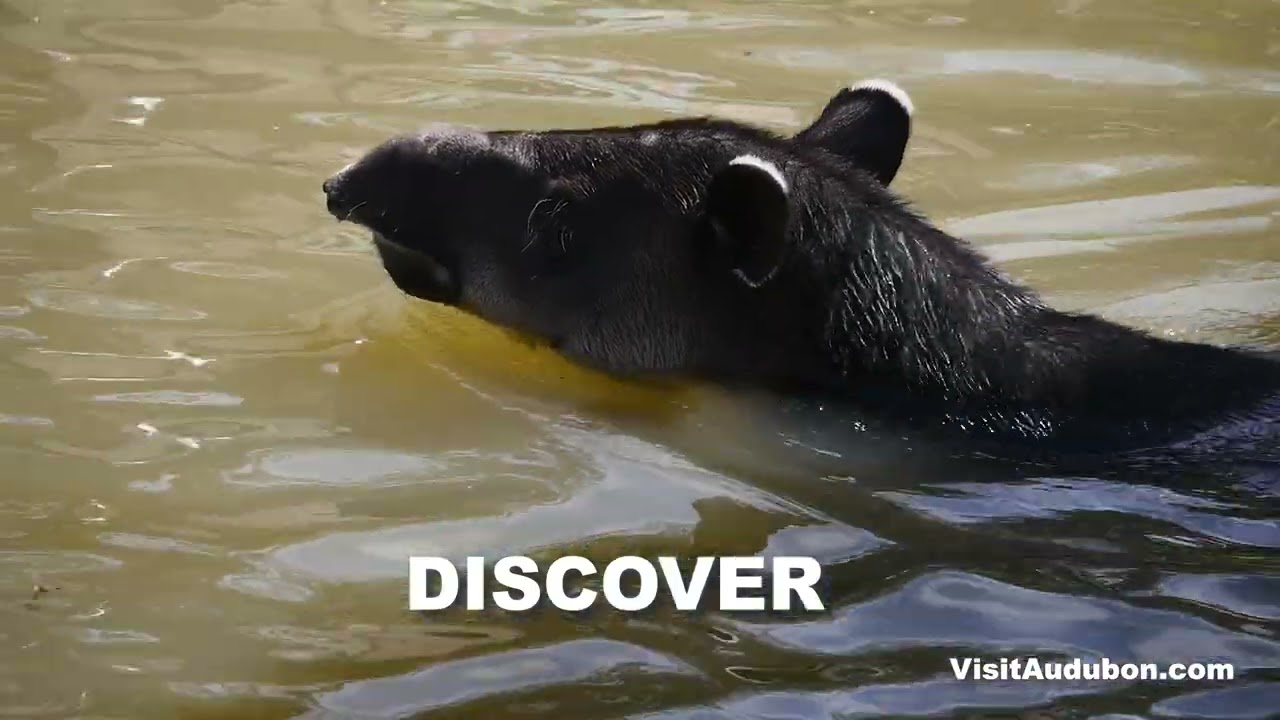- Overview of Jaguar Jungle River’s Edge at Audubon Zoo: An exploration of the exhibit’s design, features, and its role in wildlife conservation.
- Zoological Significance: Insights into the species housed within the exhibit, emphasizing their ecological importance.
- Conservation Efforts: Discussion on conservation initiatives supported by the zoo, with a focus on the role of captive breeding programs.
- Educational Impact: Evaluation of how the exhibit encourages public education and engagement in wildlife conservation.
- Role of Zoo Management: Examination of management practices that maintain the welfare of animals and enhance visitor experiences.
Jaguar Jungle River’s Edge at Audubon Zoo presents a diverse and immersive experience that brings guests closer to the intricate dynamics of animal habitats. This exhibit is more than a display; it’s an educational hub embedded within an active zoo framework. Its architecture is reflective of the natural environments from which these animals originate, using vegetation and water features to replicate the complex ecosystems of the Central and South American rainforests. This meticulous attention to environmental replication fosters an engaging atmosphere for both animals and visitors, enhancing the zoo’s conservation narrative.
Key species in the exhibit include the majestic jaguar and a variety of other forest inhabitants like tapirs and capybaras. Each species plays a critical role in its ecosystem. Jaguars, for example, are apex predators crucial for maintaining the balance of their habitat. Their presence controls populations of smaller species, which in turn keeps the ecosystem healthy and diverse. Understanding these interactions helps visitors appreciate the complex interdependencies in nature.
The conservation efforts at Jaguar Jungle River’s Edge are multifaceted, prioritizing both in-situ and ex-situ strategies. The zoo supports captive breeding programs aimed at bolstering populations of endangered species. These programs are crucial for genetic diversity and offer a safeguard against extinction. In addition, the zoo collaborates with international organizations to support habitat restoration and anti-poaching initiatives. This dual focus highlights the importance of integrated conservation efforts, combining local and global actions to protect these vital ecosystems.
Education is a fundamental component of the exhibit, designed to inspire and inform visitors. Interactive displays and educational programs aim to deepen public understanding of biodiversity and conservation challenges. By engaging visitors through storytelling and hands-on learning, the zoo fosters a sense of connection and responsibility towards preserving the planet’s wildlife legacy.
Behind the scenes, the zoo’s management practices play a pivotal role in the success of the exhibit. Animal welfare is prioritized through regular health assessments and enrichment activities that stimulate natural behaviors. Additionally, sustainable landscaping and water management systems are implemented to minimize the zoo’s ecological footprint. Through these efforts, the zoo not only provides a nurturing environment for its animals but also serves as a model for sustainable zoo management practices worldwide.
Jaguar Jungle River’s Edge is a testament to the importance of zoos in modern conservation efforts. By combining habitat replication, species conservation, and public education, it serves as a blueprint for how zoos can evolve to meet the challenges of the 21st century. This exhibit, with its emphasis on ecological realism and conservation education, sets a standard for the role of zoos in promoting the long-term survival of wildlife on a rapidly changing planet.
*****
Source Description
The new River’s Edge expansion in Jaguar Jungle will open March 13, 2025, at Audubon Zoo. This beautiful, remodeled space includes an updated lagoon, themed landscaping, and a new boardwalk leading to an interactive fishing boat docked by the water’s edge. There is also an enlarged spider monkey area with an exciting overhead habitat that allows the monkeys to travel on ropes and platforms above Zoo guests. River’s Edge incorporates carefully designed elements to illustrate community-based conservation while bringing visitors closer to the Zoo’s animals of Mesoamerica.
https://audubonnatureinstitute.org/rivers-edge


